Cannes latest: new documentary reveals Cary Grant turned to LSD in quest for self-discovery5/25/2017 Mark Kidel's film Becoming Cary Grant debuts on Showtime next month He was, in the words of critic Pauline Kael, "the man from dream city." Cary Grant -- the embodiment of Hollywood glamor. Impeccably dressed, impeccably groomed, impossibly good looking. Agile and athletic, equally deft of mind. He belonged on screen, in that sense - where ideals are projected. That 'Cary Grant' -- the one best put in quotes -- was an illusion, inevitably. A construct, as Grant himself was first to acknowledge. It's not that the real Cary Grant was less impressive; in fact, as we discover in the new documentary Becoming Cary Grant, the real person was perhaps more so. Not only the author of such an alluring persona, but a man with deep reserves of curiosity and intellect, who never abandoned the inquiry into his own self. It's very intimate. We're with him. We're looking at the world through his eyes. Director Mark Kidel's film about the cinematic legend held its world premiere at Cannes [as part of the Cannes Classics section], a fitting location given its well-deserved reputation as the world's most glamorous film festival. More than that, Cannes was a place well-known to Grant. In the 1955 Hitchcock film To Catch a Thief, the actor -- fit and tanned at 50 -- strode from the waters of the Mediterranean into the Carlton Hotel, just down the strand from where the festival's Grand Palais stands today. Kidel drew from previously untapped sources for his film -- a surprisingly candid unfinished and unpublished autobiography and home movies the actor shot at Hearst Castle in San Simeon and other locations. "We have the home movies which are such an incredible gift to have which obviously are sort of a direct main-line into his unconscious," Kidel told Nonfictionfilm.com, during an interview in an aerie within the Palais. "We're looking at the world through his eyes because we're looking at footage he shot." "The fragment of the autobiography, we found it on the internet. Then the original manuscript in the Margaret Herrick Library [in Beverly Hills]," added producer Christian Popp. "No one really had used it before." The most surprising revelation in the autobiography is the actor's decision later in life to undergo an extensive course of LSD as a form of psychotherapy. "LSD was being used in the 1950s by a number of psychiatrists on both sides of the pond... [to treat] depression, alcoholism, for traumatic disorders," Kidel said. "It was really considered a big pioneering drug." Grant did once-weekly sessions lasting five hours apiece during which he took acid under the supervision of a doctor. "He did it, he reckoned, about a hundred times," Kidel noted. During my LSD therapy I learned a great deal. The result of it was rebirth. Grant's motive for taking acid was to come to grips with his past. "All my life I've been searching for peace of mind," Grant wrote in his autobiography, words voiced in the film by the actor Jonathan Pryce. That life began in 1904 in Bristol, England, where Grant was born Archibald Leach to Elias and Elsie Leach, a working-class couple who enjoyed a less than idyllic marriage. At age 11 the defining trauma of Archie's life occurred when his mother abruptly disappeared. "He comes home from his secondary school... He's told [his mother] was feeling poorly and that she'd gone to the seaside to recover. Then she was never spoken of again," Kidel recalled. "He claims in the autobiography that he just thought this was something grownups did, i.e. vanish... He assumed that she was dead." It wasn't until 20 years later that Grant (who legally changed his name in the 1940s), discovered his mother was alive and had been committed to a mental institution. Mystery endures about whether she indeed suffered from a psychiatric condition or whether her husband simply offloaded her as a matter of convenience. "It was something that was commonly done in Britain right until the late 1950s, early 60s. It was possible for a husband to take his wife to the psychiatric institution and tell the doctors, 'She's impossible. She's having visions.' And whatever took his fancy. And the doctor would counter-sign this. The husband's say-so was sufficient," Kidel said. "He [Cary's father] was saying she heard voices," he continued. "She was convinced there were other women in the house. She found women's hair on the furniture. In fact, he was having an affair with somebody, so it's not surprising she found traces of the other woman. As soon as she was committed he went off to Southhampton and married somebody and had a child." Whatever the true story, the experience of losing his mother left Grant with a fear of abandonment, which would mark him -- and his relationships with women -- for the rest of his life. By the time he died in 1986 he was on his fifth marriage -- to Barbara Harris. "He couldn't trust women. He was more comfortable around men," Kidel stated. Whether Grant's comfort around men extended to a sexual attraction to them has long been a matter of speculation. One narrative sees Grant as a closeted gay man who maintained relationships with women for the sake of public appearances. Among the evidence cited is his cohabitation in Hollywood with fellow actor Randolph Scott, with whom he was photographed in the 1930s in what appeared to be chummy, domestic bliss. That narrative is predicated in part on a suspicion that Grant -- like many another actor and non-actor -- lived in flight from himself. But the Grant of Becoming Cary Grant -- far from fleeing himself -- is committed to investigating his inner being. The film acknowledges uncertainty about his sexuality -- and a possible "fluidity" in terms of his identity in that regard -- but the man presented in the documentary is very much a lover of women. Whether he slept with Randolph Scott or not -- yeah, he may have done. So what? "Yes, very likely he slept with men. But then lots of people do," Kidel said. The director noted one of Grant's wives -- Betsy Drake -- once said of their relationship, "We spent all our time fucking." Kidel finds further evidence of Grant's attraction to women in the home movies. "He's endlessly shooting women and closeups of their legs and stuff. He's lovingly filming women. Whether he slept with Randolph Scott or not -- yeah, he may have done. So what?" Kidel also says there is more to the photographs of Grant and Randolph Scott together than many have realized. He cited work by Mark Glancy, a historian writing a book on Grant who is featured in the documentary. "These photographs were all taken by Paramount Studios as publicity pictures and were then put into the fan magazines. And the fan magazines, as Mark Glancy says, were 95-percent for women," Kidel told us. "Homosexuality in 1932, 1933 was illegal. Paramount Studios was not going to be promoting that idea -- so that's Glancy's argument." Related: Director Gillian Armstrong on designer Orry-Kelly's relationship with Cary Grant: 'They lived together for nearly nine years... Definitely they were a couple'Grant in the end did seem to find the peace he had so long sought. His fourth marriage, to Dyan Cannon, produced a daughter -- Jennifer -- who became the object of the actor's devotion. In Harris, his fifth wife, he seemed to find real contentment. LSD played a significant role in his psychic evolution. "During my LSD therapy I learned a great deal. The result of it was rebirth," Grant wrote. After seeing the film viewers may be intrigued about taking LSD themselves -- if they could get it. The chemical compound was outlawed in the United States in 1968 -- after the time Grant used it. "I am a 60s person, so I tried LSD indeed, so I know what I'm talking about," Kidel revealed. "I wanted the producers to try LSD so they too would know what it was but we never got around to that." But he cautioned acid is not to be taken cavalierly. "LSD is much more about encountering your demons. I wouldn't go around recommending it to everyone... The setting you have it, everybody says it, is absolutely crucial. You do it in circumstances where you feel safe... You don't play around with that shit." 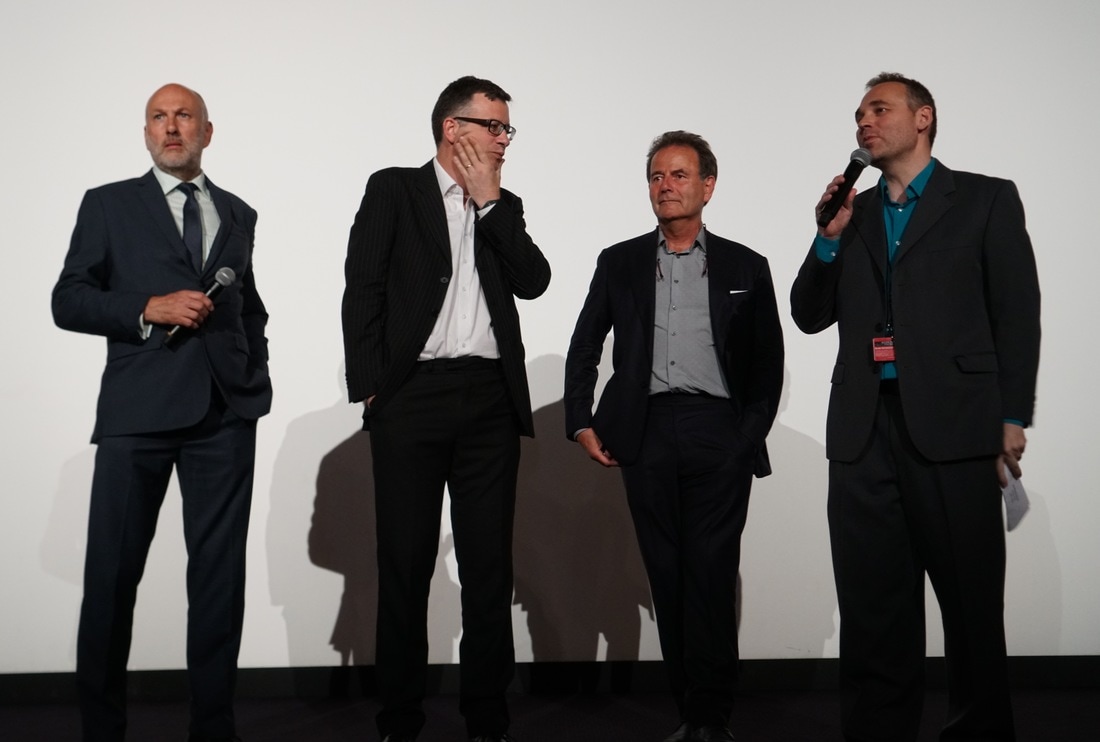 The world premiere of "Becoming Cary Grant" in the Salle Buñuel of the Palais des Festivals. L-R producer/co-writer Nick Ware, producer Christian Popp, writer/director Mark Kidel and Gerald Duchaussoy of the Cannes Film Festival. The film was programmed in the festival's Cannes Classics section. Tuesday, May 23, 2017. Photo by Matt Carey Kidel said his estimation of Grant grew, in view of the risk he was willing to take with the drug. "LSD is an adventure. It's pretty scary stuff... You're plunged into the depths of who you really are," said the director. "So you've got to be not just intelligent and curious about yourself but there's immense courage in the guy. When I set out to make the film I had no idea he had that kind of courage." Becoming Cary Grant debuts on the premium cable channel Showtime on June 9. |
AuthorMatthew Carey is a documentary filmmaker and journalist. His work has appeared on Deadline.com, CNN, CNN.com, TheWrap.com, NBCNews.com and in Documentary magazine. |
- Home
- News
- Videos
-
Galleries
- 2019 Tribeca Film Festival
- Full Frame Documentary Film Festival
- 2019 SXSW Film Festival
- SXSW 2018 Gallery
- 2019 Sundance Film Festival
- Outfest 2018 Photo Gallery
- Outfest 2017
- Sundance 2018 Photos
- 2017 LA Film Festival
- 2017 Cannes Film Festival
- Tribeca Film Festival 2017
- SXSW 2017 Gallery
- 2017 Berlin Film Festival
- Sundance 2017 Gallery
- 2016 Los Angeles Film Festival
- Cannes Film Festival 2016
- SXSW 2016 Gallery
- Berlinale 2016 Gallery
- Sundance 2016 Gallery
- Filmmaker Gallery
- About
- Contact
Proudly powered by Weebly
- Home
- News
- Videos
-
Galleries
- 2019 Tribeca Film Festival
- Full Frame Documentary Film Festival
- 2019 SXSW Film Festival
- SXSW 2018 Gallery
- 2019 Sundance Film Festival
- Outfest 2018 Photo Gallery
- Outfest 2017
- Sundance 2018 Photos
- 2017 LA Film Festival
- 2017 Cannes Film Festival
- Tribeca Film Festival 2017
- SXSW 2017 Gallery
- 2017 Berlin Film Festival
- Sundance 2017 Gallery
- 2016 Los Angeles Film Festival
- Cannes Film Festival 2016
- SXSW 2016 Gallery
- Berlinale 2016 Gallery
- Sundance 2016 Gallery
- Filmmaker Gallery
- About
- Contact

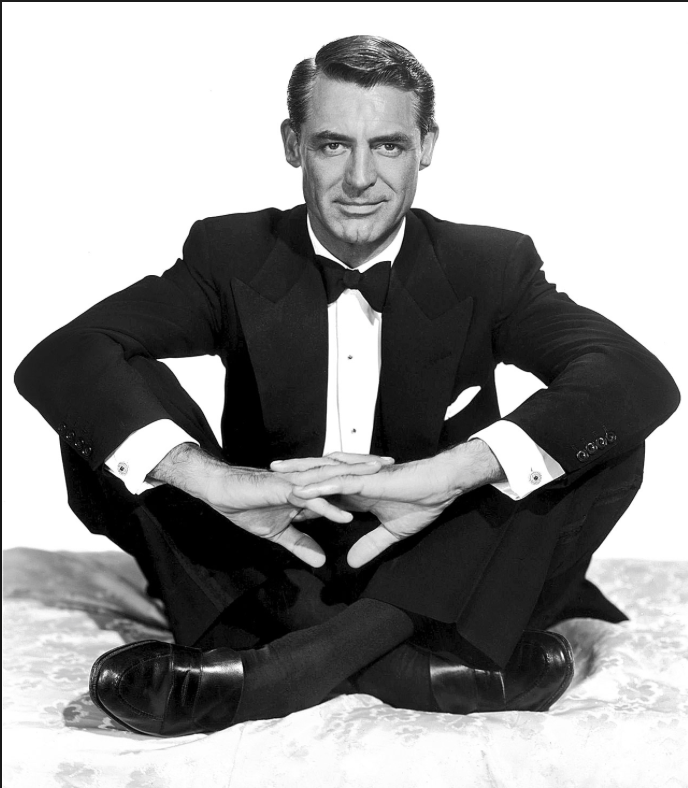
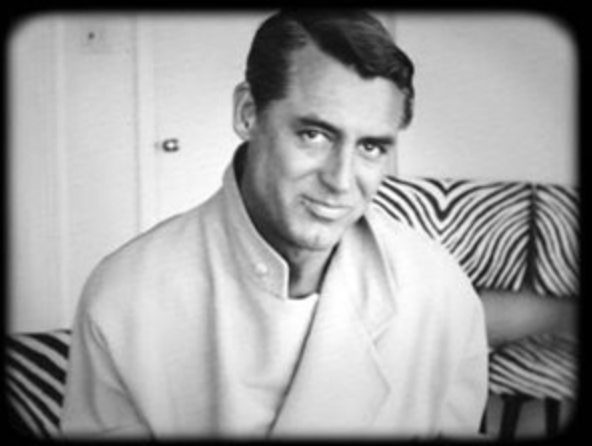
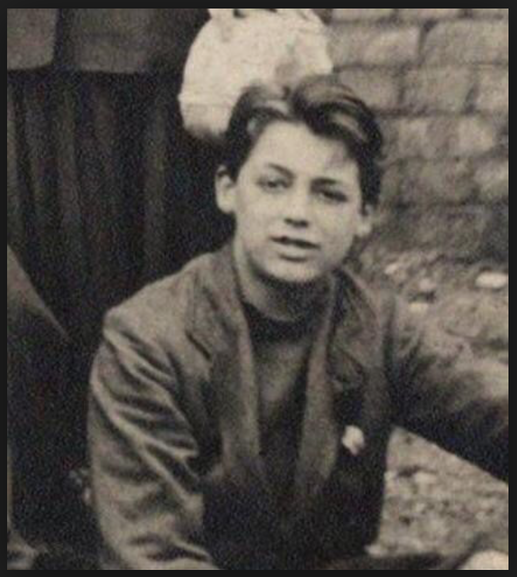
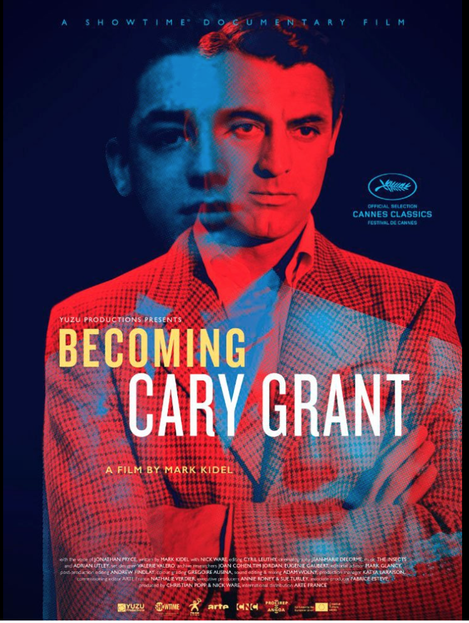
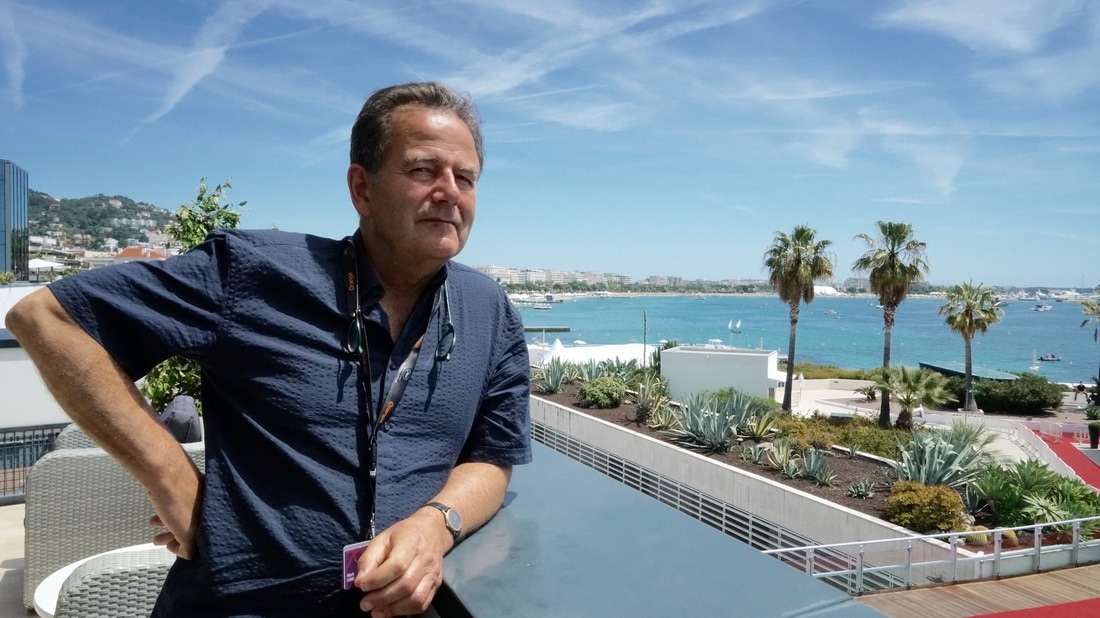
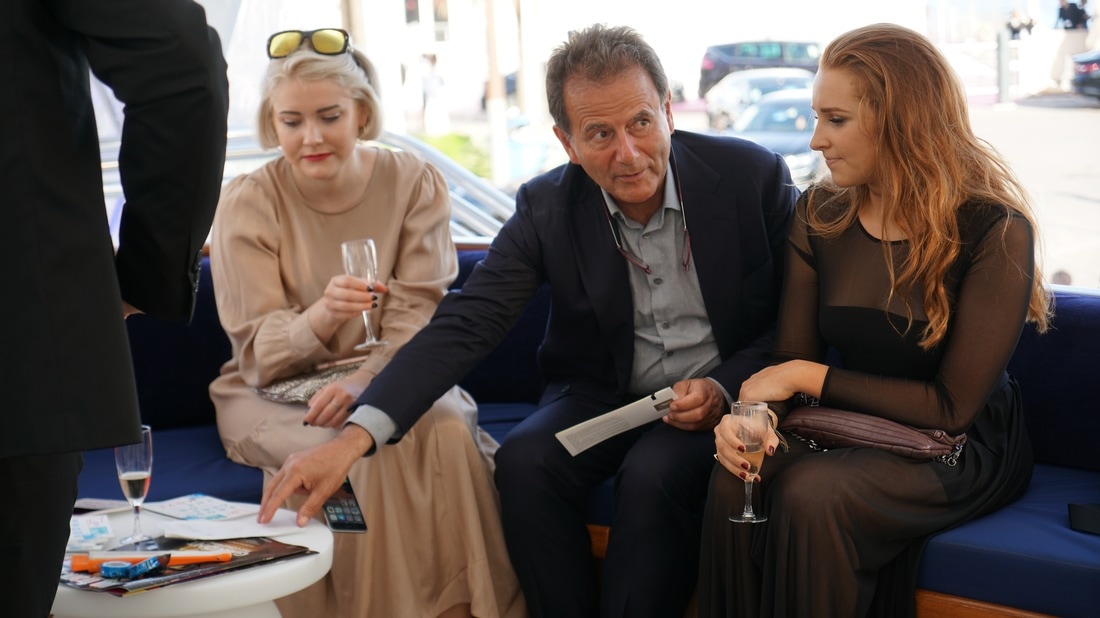
 RSS Feed
RSS Feed